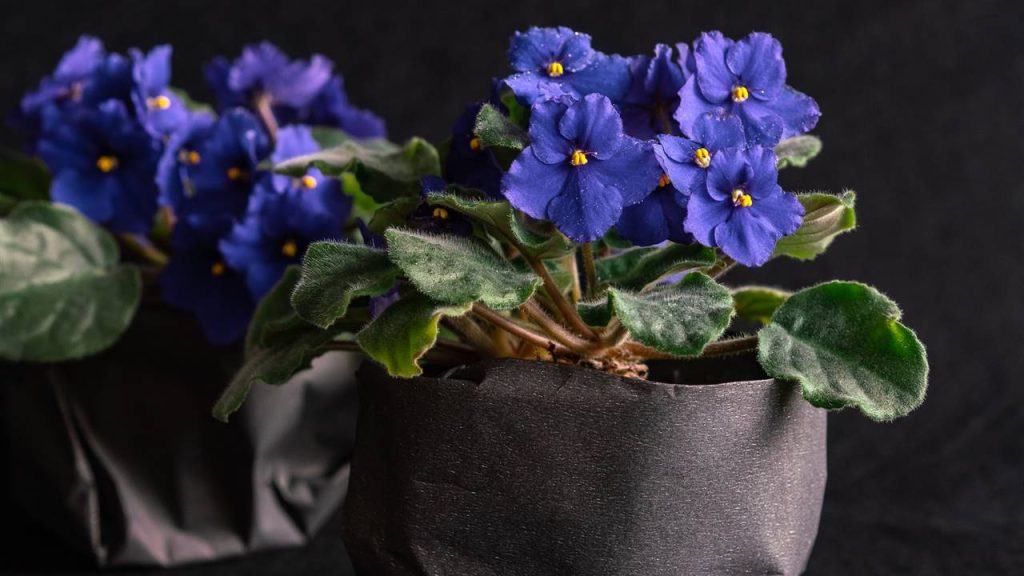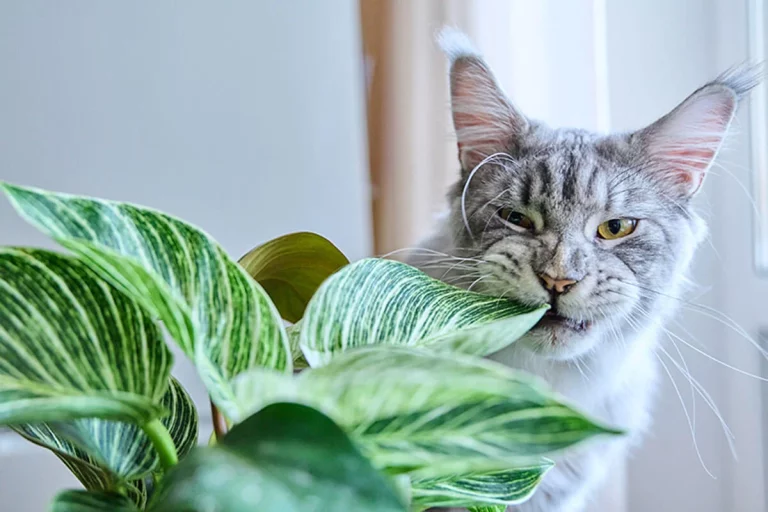
In the realm of indoor plants, the allure of antique books often unveils past trends. Within their pages, one might envision a living room adorned with a Kentia palm (Howea forsteriana) standing alongside a Croton (Codiaeum variegatum), perhaps accompanied by a Yucca (Yucca sp.). Atop a glass table with gilded edges sits another plant in a small white pot, generously adorned with purple blooms. Its dark green, velvety leaves exude a captivating charm—it is undoubtedly an African violet (Streptocarpus ionanthus). A species that once graced bygone eras, now returning to prominence, thanks to its beauty and uniqueness.
This violet, formerly known by the scientific name Saintpaulia ionantha, hints at its African origin in its common name, with a distribution area stemming from the mountainous regions of Tanzania, in the eastern part of the continent. Despite its faint resemblance to the garden violet (Viola odorata) cultivated in European gardens, it belongs to a vastly different family—the Gesneriaceae, denizens of tropical and subtropical zones worldwide.
Background and Historical Significance
The Saintpaulia ionantha, affectionately known as the African violet, holds a special place in the hearts of indoor gardening enthusiasts. Originating from the mountainous regions of Tanzania, this delicate yet resilient plant captivated botanists and horticulturists alike with its vibrant blooms and lush foliage. Initially classified under the genus Saintpaulia, it later transitioned to the genus Streptocarpus, reflecting taxonomic revisions over time.
In the annals of botanical history, the African violet emerged as a staple in indoor horticulture during the Victorian era, adorning parlors and conservatories with its charming presence. Its popularity endured through the decades, experiencing peaks and valleys in cultivation practices and public interest. Despite fluctuations in trends, the African violet maintained its allure, captivating successive generations with its diverse array of cultivars and ease of care.
Cultural Significance and Symbolism
Beyond its botanical attributes, the African violet holds cultural significance in various societies, symbolizing traits such as elegance, grace, and resilience. In African folklore, the violet’s delicate yet vibrant blooms are often associated with notions of beauty and harmony, reflecting the diverse landscapes of the continent. Furthermore, its ability to thrive in indoor environments symbolizes adaptability and endurance—a testament to nature’s ingenuity.
Care and Maintenance
The cultivation of African violets requires meticulous attention to various factors, including light, water, soil, and temperature. Contrary to common misconceptions, occasional misting or gentle cleaning of the leaves is beneficial for the plant’s overall health. However, care should be taken to avoid excessive moisture, which can lead to fungal diseases or leaf damage.
Light Requirements
African violets thrive in bright, indirect light, making them ideal candidates for placement near windowsills or under artificial grow lights. However, direct sunlight should be avoided, as it can scorch the leaves and cause irreparable damage. During the summer months, providing filtered sunlight or relocating the plant to a shadier location can prevent heat stress and ensure optimal growth.
Watering Practices
Proper watering is essential for the health and vitality of African violets. While they prefer slightly moist soil, overwatering can lead to root rot and other complications. A balanced approach involves watering the plant thoroughly when the top inch of soil feels dry to the touch, allowing excess water to drain freely from the pot’s drainage holes. Additionally, employing a self-watering mechanism or capillary matting can help maintain consistent soil moisture levels without the risk of waterlogging.
Soil Composition and Potting
The choice of soil is critical in fostering healthy root development and overall plant growth. African violets thrive in a well-draining, porous mix that provides ample aeration and moisture retention. A typical potting mix consists of a combination of peat moss, perlite, vermiculite, and organic matter, tailored to the specific needs of the plant. Additionally, selecting a pot with adequate drainage holes and proper size ensures optimal root growth and prevents water stagnation.
Temperature and Humidity
Maintaining moderate temperatures and humidity levels is essential for the well-being of African violets, particularly during the summer months. While they prefer temperatures ranging from 65°F to 75°F (18°C to 24°C), they can tolerate slightly cooler or warmer conditions with proper acclimatization. Additionally, enhancing humidity levels through methods such as grouping plants together, using humidity trays, or employing a room humidifier can alleviate stress and promote vigorous growth.
Propagation Techniques
The propagation of African violets offers enthusiasts an opportunity to expand their collection and preserve unique cultivars. Several methods, including leaf cuttings, division, and tissue culture, can be employed to propagate new plants successfully. Leaf cuttings, in particular, are a popular choice due to their simplicity and high success rate. By selecting healthy leaves and providing suitable conditions, such as high humidity and indirect light, one can expect to see roots develop within a few weeks, heralding the emergence of a new plant.
Common Challenges and Pest Management
Despite their adaptability, African violets are susceptible to various pests and diseases, including aphids, spider mites, and powdery mildew. Regular monitoring and preventive measures, such as maintaining good air circulation, practicing proper sanitation, and using organic insecticides, can help mitigate infestations and keep plants healthy. Additionally, addressing cultural issues such as overwatering, improper fertilization, or inadequate lighting can prevent stress and enhance the plant’s natural defenses against pests and diseases.
Conclusion
In conclusion, the African violet continues to captivate plant enthusiasts worldwide with its beauty, diversity, and ease of cultivation. From its humble origins in the mountains of Tanzania to its widespread popularity in indoor horticulture, this beloved plant has left an indelible mark on botanical history. By understanding its unique requirements and providing optimal care, gardeners can enjoy the splendor of African violets in their homes, offices, and community spaces for generations to come.

